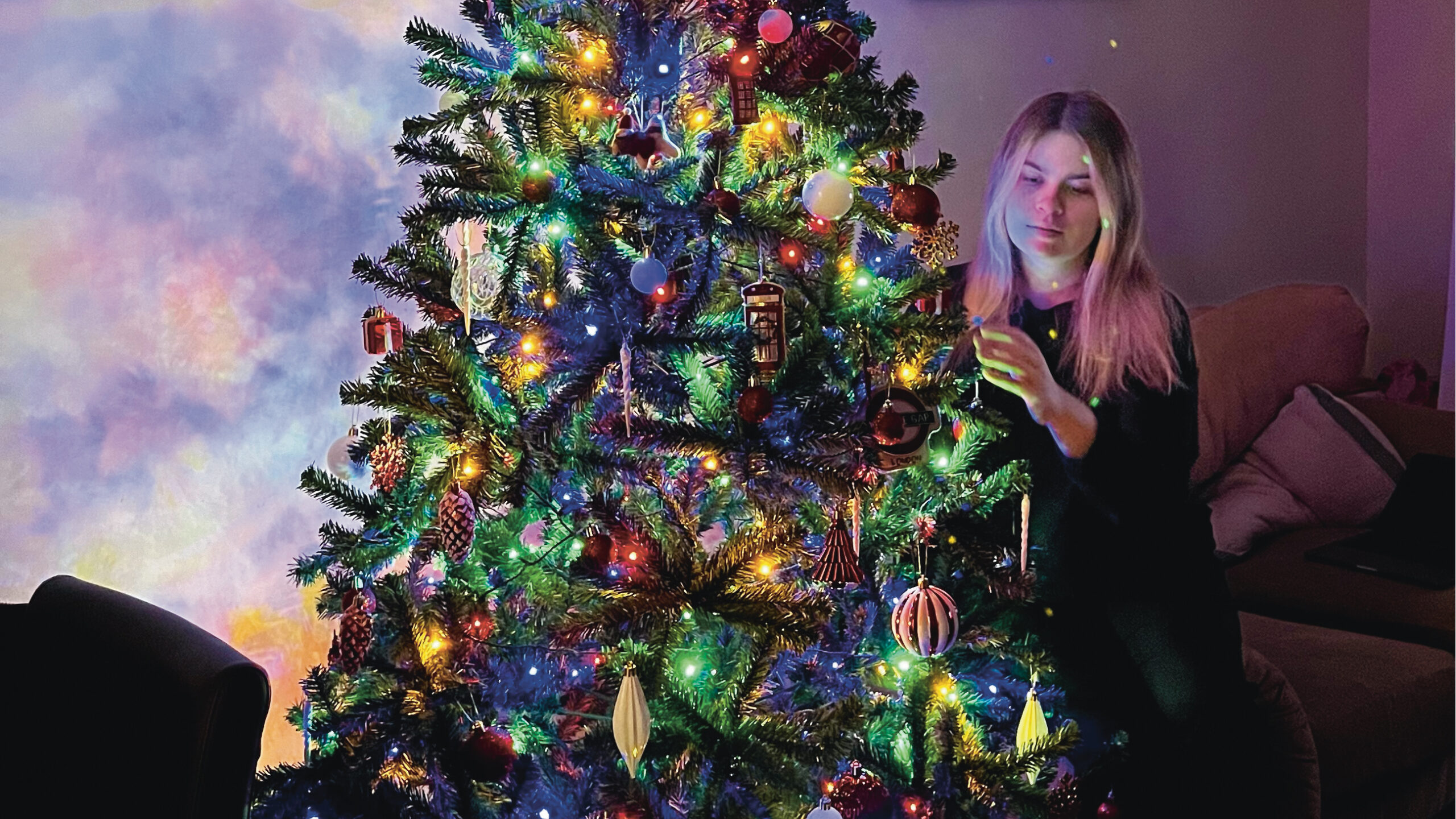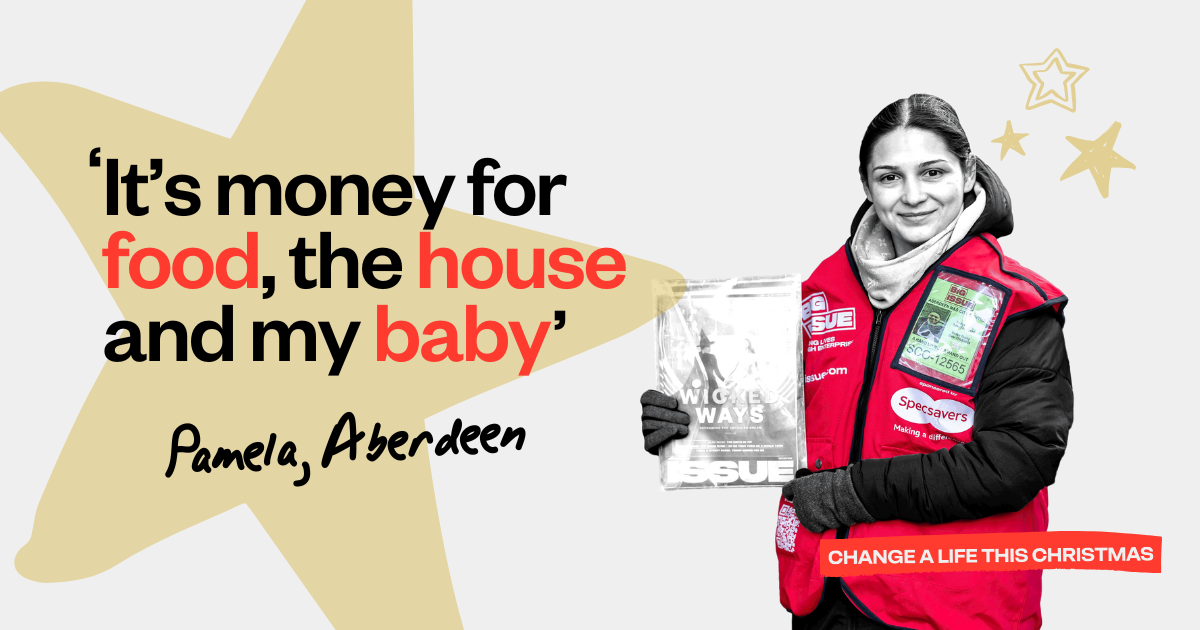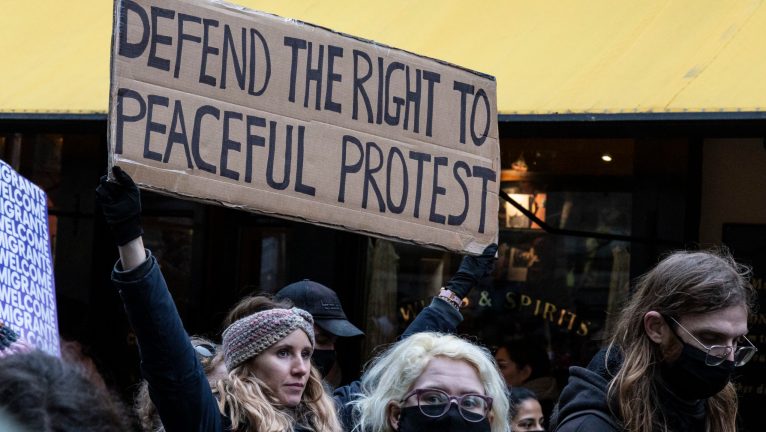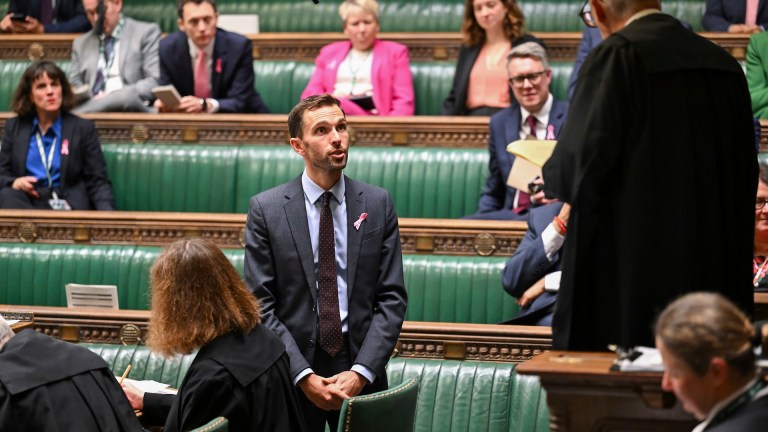Having gone into the foster care system as a teenager, Christmas was usually my loneliest day of the year. While my friends were cosied up with their families opening gifts, I was a guest in a stranger’s home. A guest thankful to have a roof over their head. Despite it being over a decade since I entered the care system, it still makes my stomach sink a little when I think of the number of Christmases I didn’t get a single card, let alone a present.
I promised myself that once I aged out of the care system I’d buy my own Christmas tree. A proper one like in the movies that was taller than me, and underneath it there’d be presents for everyone I loved. But things didn’t get much better once I left the system. With no foster placement or family to go to, I spent several Christmases alone. With food and living costs to front, I could never afford to add a Christmas tree to my shopping list, so my dreams of owning one were sidelined year after year.
For a long time, I felt like the only person in the world who knew about the dark side of Christmas, a holiday that puts such a massive emphasis on ‘family’ that those without one feel forgotten. But as I entered my twenties, I met other care-experienced people online who had been through similar, if not much worse, Christmases than me. They understood the heartbreaking juxtaposition between wanting to get into the holiday spirit, while still fearing the workplace water cooler talk of “So, what are you doing for Christmas?”
Things are somewhat better for young people leaving the system now during the festive season. Lemn
Sissay’s Christmas Dinner Project puts on meals around the country for care leavers aged 18-25 on the big day and some universities, such as York, raise funds to give presents to care-experienced students. But the majority of my friends who have left care have spent at least one Christmas alone, and to be honest, if I wasn’t in a three-year-strong relationship, that would probably be my reality again too.
It’s been almost five years since I aged out of my social services ‘leaving care team’ and this year was the first time I could afford a tree of my own. The artificial Christmas tree of my dreams now stands proudly in my living room at 7.6ft (two feet taller than me).
After setting up the sizeable spruce last month (pictured below), I took a photo of the tree and posted the image to X (formerly Twitter) sharing the details of my over-a-decade-long dream to own one. The post was ‘liked’ by 200,000 people after it was shared by two accounts with a huge Instagram following, and thousands of strangers began congratulating me on achieving the goal I’d set as a foster kid.
Getting a Christmas tree hasn’t erased the loneliness I feel during the holidays. I and hundreds of thousands of other care-experienced people will still wake up on Christmas morning to a social media feed full of festive family photos, reminding us of what we don’t have.
But it does bring me closer to the normality that so many with experience of the system long for during the holidays. Every morning when I turn the tree lights on, I’m reminded of how far I’ve come since my time in foster care, and the tree, presents and chosen family I’ve gained since then.
This article is taken from The Big Issue magazine, which exists to give homeless, long-term unemployed and marginalised people the opportunity to earn an income. To support our work buy a copy!
If you cannot reach your local vendor, you can still click HERE to subscribe to The Big Issue or give a gift subscription. You can also purchase one-off issues from The Big Issue Shop or The Big Issue app, available now from the App Store or Google Play










